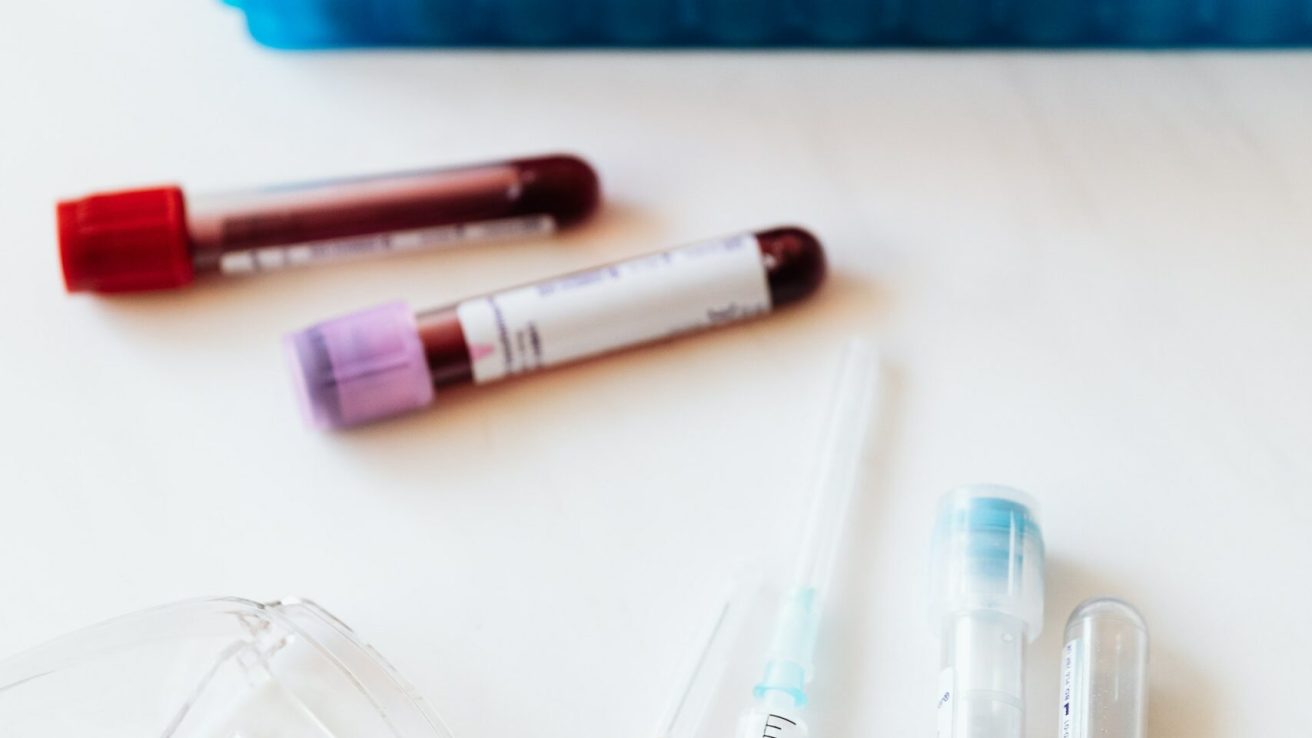The administration of dupilumab is associated with an increased risk of the development of eosinophilic granulomatosis with polyangiitis in asthma patients with higher peripheral blood eosinophil counts.
Dupilumab is a monoclonal antibody that acts against interleukin-4 receptor α (IL-4Rα), suppressing type 2 inflammation. Patients undergoing treatment with dupilumab may develop eosinophilia, characterized by a peripheral blood eosinophil (PBE) count of more than 3000 cells/µL. This may, however, delay the treatment of eosinophilic granulomatosis with polyangiitis (EGPA), characterized by an abnormal increase in eosinophils and vascular injury.
This study aimed to investigate the changes in PBE count and the onset of EGPA in patients with moderate-to-severe asthma treated clinically with dupilumab. The findings are published in the Journal of Clinical Medicine.
Participant Characteristics
A total of 37 asthma patients were included in this study. The median age of the participants was 57 years, and approximately 62.1% were females. Smoking history was positive in 48.6% of the participants, whereas 10.8% of the asthma patients had a body mass index greater than 30. The mean PBE count at baseline was 20 cells/µL.
Increase in Peripheral Blood Eosinophil Counts
The PBE counts increased with dupilumab treatment but eventually decreased in most patients. However, some patients demonstrated persistent elevations in PBE counts. The PBE counts were significantly higher in non-users of IL-5/IL-5R therapy (e.g., benralizumab and mepolizumab) at 3 months of treatment compared to those in IL-5/IL-5R users. There was no significant difference between the two groups for PBE counts at 6 months of treatment.
Onset of Eosinophilic Granulomatosis With Polyangiitis
Of eight patients who demonstrated persistent elevation of PBE counts, two developed EGPA, compared to no patients with EGPA in the peaked and declined groups. The incidence of EGPA onset with PBE counts > 1500 cells/µL was significantly greater compared to PBE counts < 1500 cells/µL at six months following the administration of dupilumab in the rising group compared with the peaked and declined group. Complaints associated with EGPA onset included dyspnea and fever.
Safety of Dupilumab in Asthma Patients
Dupilumab treatment did not yield any serious adverse effects. The most frequent adverse event was injection-site reaction in six patients, followed by pruritus, drowsiness, joint pain, headache, sputum, diarrhea, and nausea.
Source:
Kushima, Y., Shimizu, Y., Hoshi, H., Arai, R., Ikeda, N., Nakamura, Y., Masawa, M., Okutomi, H., Yazawa, N., Chibana, K., Takemasa, A., & Niho, S. (2023). Changes in Peripheral Blood Eosinophil Counts and Risk of Eosinophilic Granulomatosis with Polyangiitis Onset after Initiation of Dupilumab Administration in Adult Patients with Asthma. Journal of Clinical Medicine, 12(17), 5721. https://doi.org/10.3390/jcm12175721








